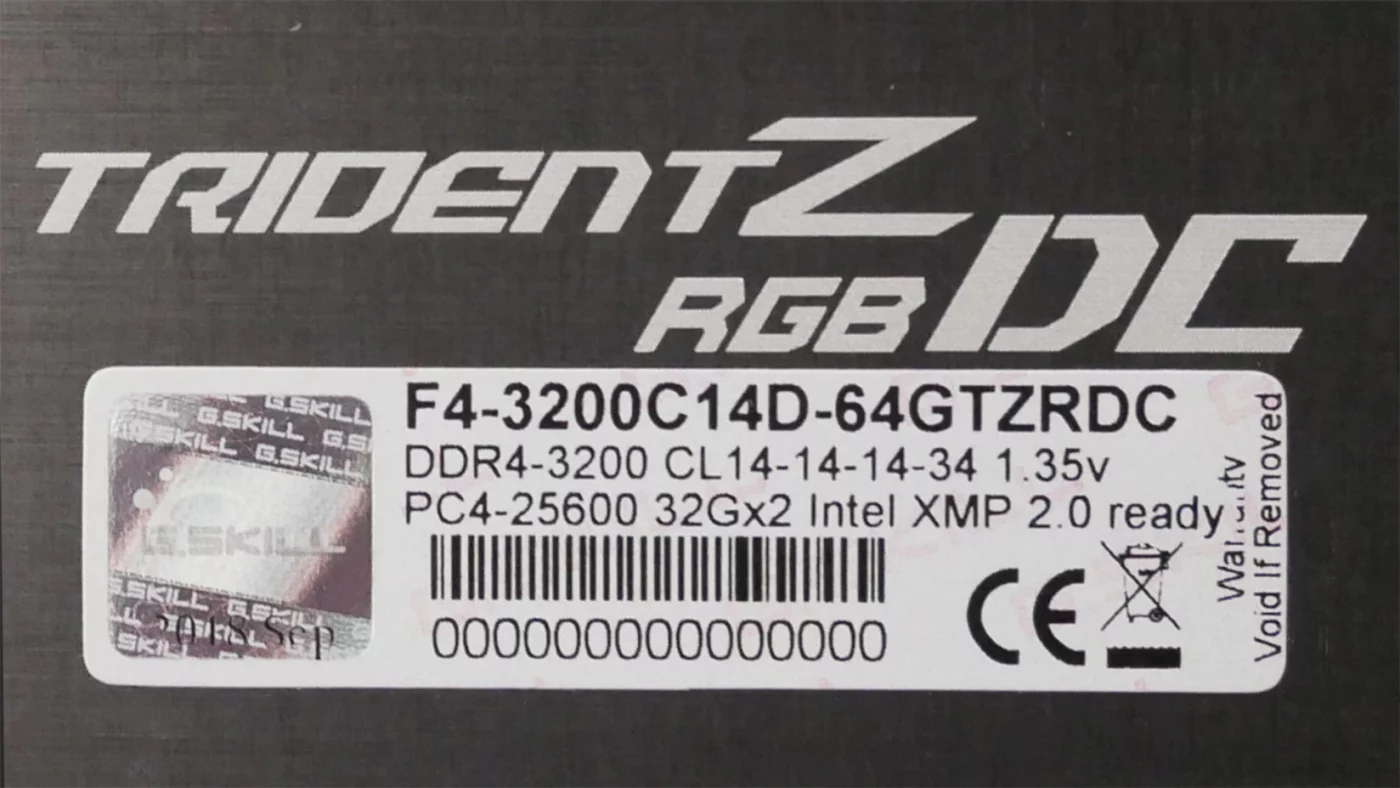Overclocking is commonly associated with CPUs and GPUs, however, RAM (random access memory) may also be overclocked to reach quicker speeds.
The data transmission rate of RAM is measured in megahertz (MHz). The greater the RAM’s performance, the faster the data transmission rate is. Overclocking RAM entails changing certain settings like timings and voltages to enable the modules to run at higher rates than they would otherwise.
Changing the clock frequency or voltage may violate any product warranties and impair the processor’s and other components’ stability, security, performance, and longevity.
What Is RAM Overclocking and How Does It Work?
The RAM of a computer stores data that is used by the CPU. The longer the CPU waits for the information it needs from the RAM, the less efficient the process becomes. Higher-speed RAM may deliver data to the processor more quickly, thus enhancing your PC’s performance. RAM performance is largely determined by its operating frequency and latency characteristics, which are referred to as “timings” in the industry.
Data transfers will be completed faster with higher frequency RAM. However, when it comes to timeframes, the lower the better. Because each timing corresponds to a certain latency, or the time between operations, this is the case. The shorter the interval between procedures, the better.
Timings and Frequency
RAM would have high frequencies and low timings in a perfect world. To assess RAM’s total performance, both must be taken into account.
In order to boost one or reduce the other, compromises are frequently required. Simply said, keeping a memory module stable when it works at a high frequency is more challenging. Memory timings are frequently extended to counterbalance stability concerns at high speeds. This helps to make the transfer steady by increasing the duration (delay) between operations. Depending on the extent of the frequency increase, increased latency will impair performance and perhaps remove the advantages from a higher frequency.
Manufacturers of memory modules are aware of this and carefully pick memory chips for each stick.
Creating a Reference Point
It’s critical to establish a baseline level of performance before adjusting any parameters when overclocking any gear, including RAM. This will allow you to see the effects of your efforts plainly and compare them to the stock’s performance.

Run benchmarking software to create this baseline before trying any overclocking. You may do this using a variety of tools, including memtest86+ (which requires a boot disc), Aida64, MaxxMEM2, or Performance Test software. After you’ve completed the benchmark of your choosing, make a note of your findings so you may compare them later.
The next step is to begin overclocking. Depending on whether you’re a novice, intermediate, or experienced overclocker, we’ll go over three distinct strategies for overclocking RAM.
Follow more for more information on geeksultd.com







